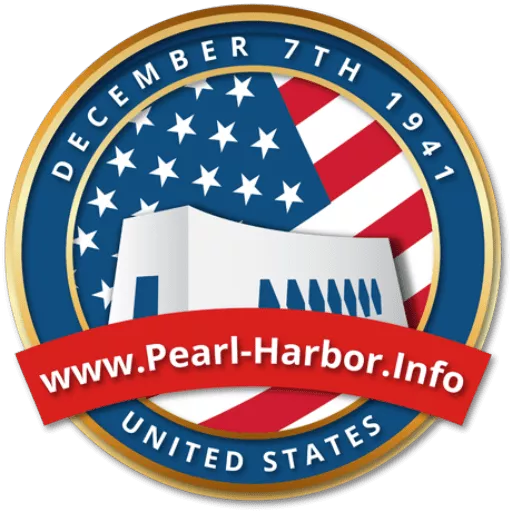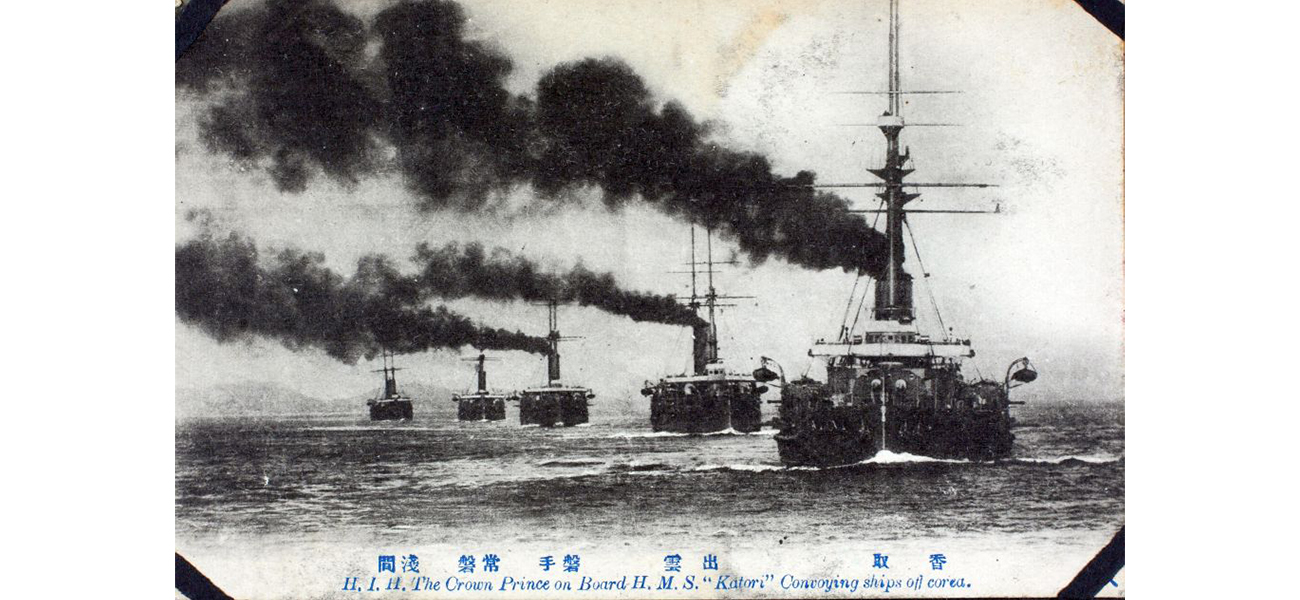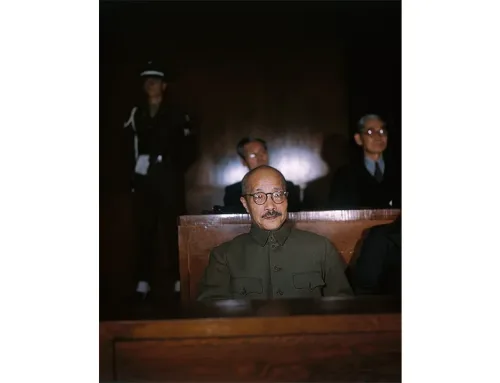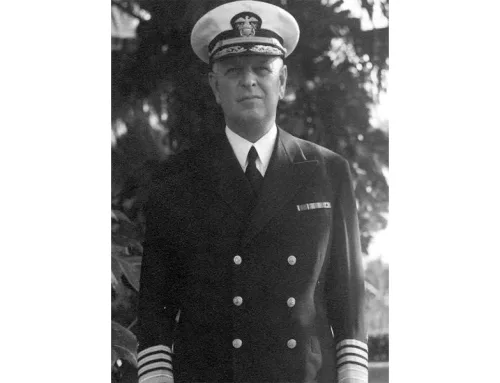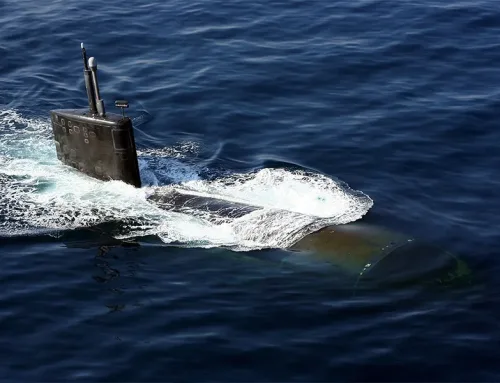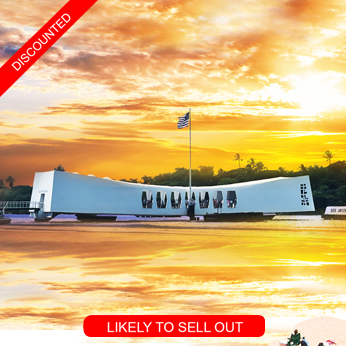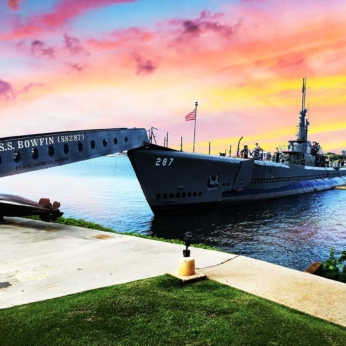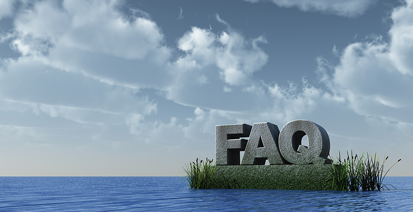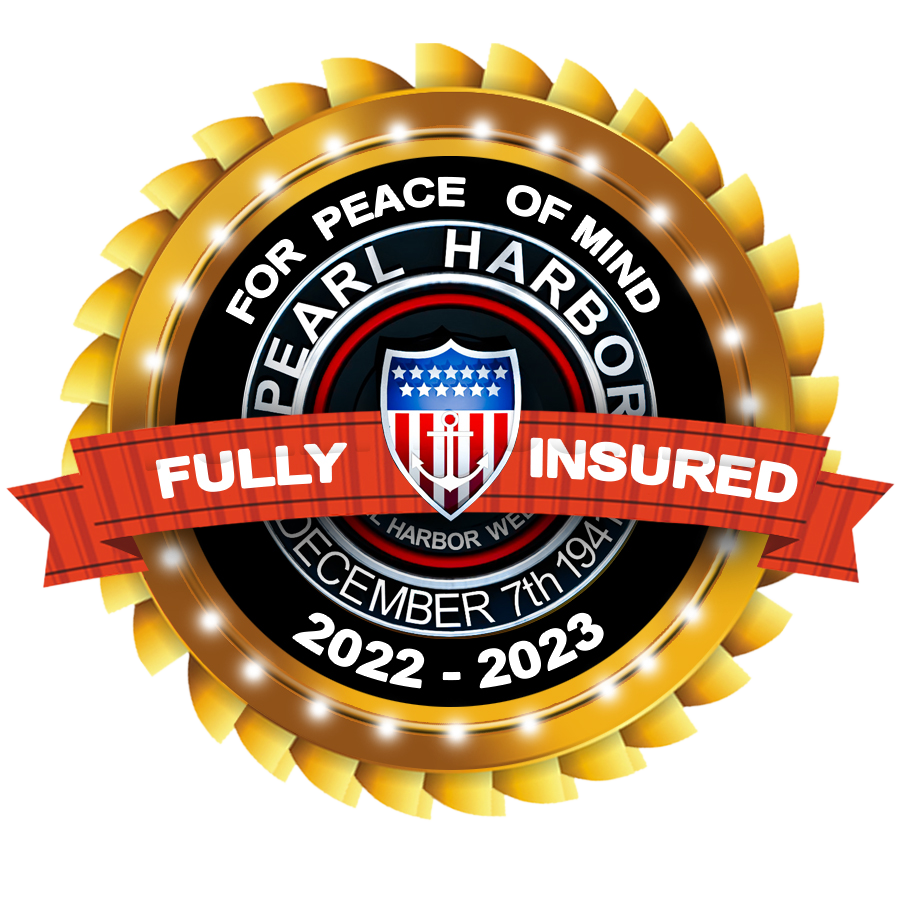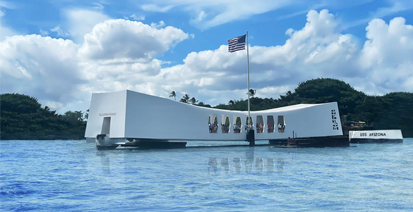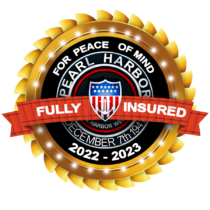The Ships of the Japanese Striking Force
San Diego Air and Space Museum Archive, Public domain, via Wikimedia Commons
The dawn of December 7th, 1941, marked a turning point in history as the Imperial Japanese Navy launched a devastating surprise attack on the United States Pacific Fleet stationed at Pearl Harbor, Hawaii. The success of this audacious assault was facilitated by a well-coordinated fleet of ships known as the Japanese Striking Force. Comprising a formidable array of naval power, these vessels played a crucial role in delivering a crippling blow to American naval capabilities. However, their initial triumph would soon give way to tragedy as they faced the full force of Allied retaliation in the Pacific Theater.
The Pearl Harbor Striking Force was a formidable armada, consisting of 6 aircraft carriers, 2 heavy cruisers, 1 light cruiser, 2 battleships, 9 destroyers, 8 tankers, 23 fleet submarines, and 5 midget submarines. This formidable assembly of ships underscored Japan’s determination to assert its dominance in the Pacific and achieve its strategic objectives.
At the forefront of the Japanese assault were the mighty aircraft carriers Akagi, Kaga, Soryu, and Hiryu. These massive vessels served as the launching platforms for the bombers and fighters that wrought havoc upon Pearl Harbor’s defenses. Their strategic importance cannot be overstated, as they provided the means to project air power across vast distances, effectively extending Japan’s reach throughout the Pacific.
However, the fate of these carriers would be sealed during the pivotal Battle of Midway, just six months after the attack on Pearl Harbor. In a stunning reversal of fortune, American naval forces, aided by superior intelligence and tactical prowess, inflicted a decisive blow upon the Japanese fleet. The Akagi, Kaga, Soryu, and Hiryu, along with their invaluable air wings, were sunk, dealing a severe setback to Japan’s naval capabilities.
Amidst the chaos of battle, two carriers, the Shokaku, and the Zuikaku, managed to escape destruction at Midway, thus preserving a semblance of Japan’s carrier force. Yet, their survival would prove to be a fleeting respite in the face of relentless Allied advances.
Accompanying the carriers were the protected cruisers Tone and Chikuma, tasked with providing support and protection to the fleet. These versatile vessels played a vital role in the Pearl Harbor attack, providing fire support and reconnaissance capabilities. However, like their carrier counterparts, they would ultimately succumb to the overwhelming force of Allied counterattacks as the war progressed.
The ferocity of the American response to Pearl Harbor was evident in the fate of many Japanese ships. The battleship USS Washington, operating in the Pacific Theater, proved to be a formidable adversary, sinking several Japanese vessels, including the battleship Kirishima. Additionally, a squadron of American submarines, including Cavalla, Harder, Redfin, Growler, and Sealion, wreaked havoc on Japanese shipping, further diminishing Japan’s naval strength.
Among their victims were the cruiser Arare and the destroyer Urakaze, whose destruction underscored the escalating intensity of naval warfare in the Pacific. The toll exacted by American forces on Japanese ships was staggering, as the once-mighty Imperial Navy found itself increasingly on the defensive.
The destroyers of the Pearl Harbor strike force fared no better, with all but one meeting their end at the hands of American aircraft and submarines. The lone survivor, Ushio, stood as a somber reminder of the toll exacted by war. Yet, even this survivor would meet its fate, sold for scrap in the aftermath of Japan’s surrender in 1945.
The story of the ships of the Japanese Striking Force is one of initial triumph followed by inevitable tragedy. While they played a pivotal role in one of the most infamous attacks in history, their ultimate fate serves as a sobering reminder of the brutal realities of war. Today, their legacy endures as a testament to the sacrifices made and the price of victory in the crucible of naval warfare.
Most Popular Oahu Tours
Best Pearl Harbor Tours

The following tours are recognized as the most popular Pearl Harbor Tours on Oahu. While generally, our price is the lowest in the market now, for a limited time, they are on sale too. Please be advised that Pearl Harbor tickets and USS Arizona Memorial tickets are included in all of our Arizona Memorial Tours, Pearl Harbor small group tours, and private Pearl Harbor tours.
